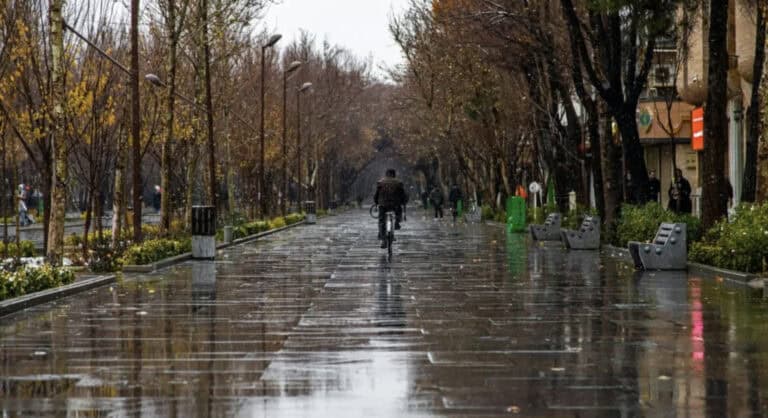By Franco Montalto, Drexel University
“When it rains, it pours” once was a metaphor for bad things happening in clusters. Now it’s becoming a statement of fact about rainfall in a changing climate.
Across the continental U.S., intense single-day precipitation events are growing more frequent, fueled by warming air that can hold increasing levels of moisture. Most recently, areas north of Houston received 12 to 20 inches (30 to 50 centimeters) of rain in several days in early May 2024, leading to swamped roads and evacuations.
Earlier in the year, San Diego received 2.72 inches (7 centimeters) of rain on Jan. 22 that damaged nearly 600 homes and displaced about 1,200 people. Two weeks later, an atmospheric river dumped 5 to 10 inches (12 to 25 centimeters) of rain on Los Angeles, causing widespread mudslides and leaving more than a million people without power.
Events like these have sparked interest in so-called sponge cities – a comprehensive approach to urban flood mitigation that uses innovative landscape and drainage designs to reduce and slow down runoff, while allowing certain parts of the city to flood safely during extreme weather. Sponge city techniques differ from other stormwater management approaches because they are scaled to much larger storms and need to be applied across nearly all urban surfaces.
I’m a water resources engineer who studies and designs strategies for sustainably managing urban stormwater. In response to recent flooding episodes, some U.S. cities are beginning to take steps toward incorporation of sponge city concepts into their stormwater management plans, but most of these projects are still pilots. If this concept is to evolve into the new standard for urban design, city officials and developers will need to find ways to scale up and accelerate this work.
THE PROBLEM OF STORMWATER
For more than a century after U.S. cities started installing centralized sewage systems in the mid-1800s, pipes carried stormwater – rain or melted snow that runs off streets and buildings – to nearby rivers or harbors. This approach reduced local flooding but polluted adjoining waters and exacerbated flood risks further downstream.
The 1972 Clean Water Act was designed to make the nation’s waters fishable and swimmable by 1983 but failed to meet that goal. One major reason was […]
Full article: mavensnotebook.com

